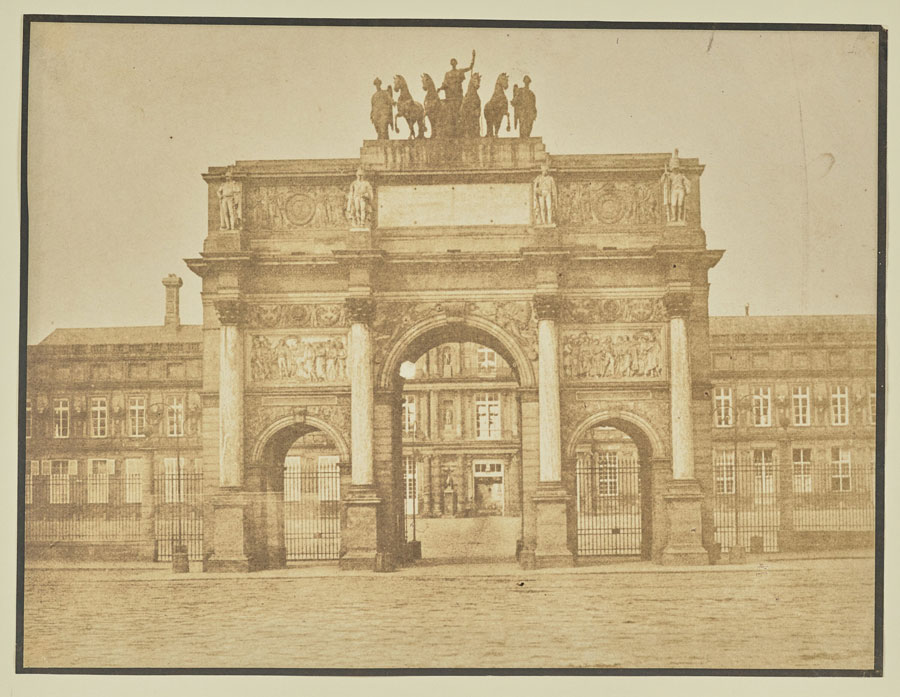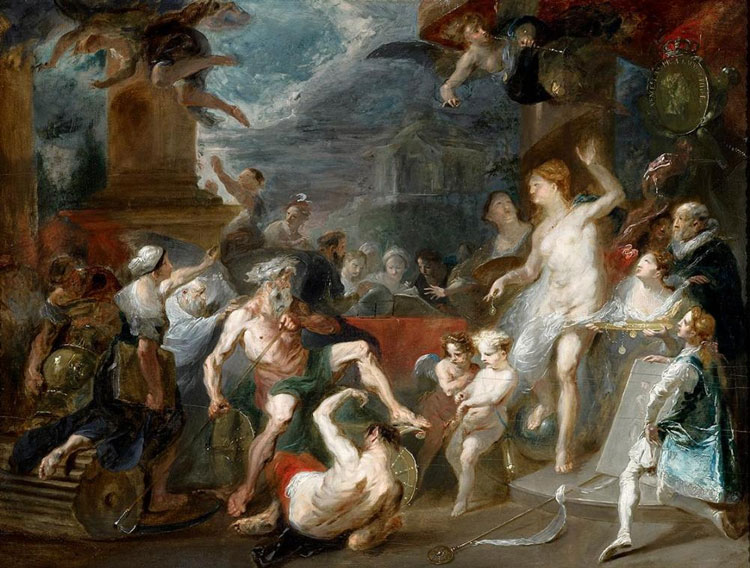The history of Japanese Prints on view in San Francisco

From April 6 to August 18, 2024, the Legion of Honor Museum in San Francisco presents “Japanese Prints in Transition: From the Floating World to the Modern World”
Source: Fine Arts Museum, San Francisco · Image: Katsushika Hokusai, (1760-1849), “Cresting Wave off the Coast of Kanagawa (The Great Wave)”,from the series “Thirty-Six Views of Mount Fuji”, ca. 1830-1832
As major societal upheaval ushered in a new government, print traditions under Japan’s emperor would change drastically in the late 19th century. Spanning two pivotal eras of social and political change in Japan, Japanese Prints in Transition is the first US exhibition to trace the artistic development of 18th-century ukiyo-e (or “floating world pictures”) to the brightly colored woodblock prints of the imperial Meiji era, following the ouster of the shogun in 1868. These new prints and their Western imagery reflected a program of rapid modernization and increased interactions with other nations—an artistic exchange that was reciprocal. Drawing from the Achenbach Foundation for Graphic Arts’ holdings—one of the most significant museum collections of Japanese prints in the United States—the exhibition brings together more than 140 works, presenting a richer picture of the history and breadth of the medium.
“Japanese Prints in Transition offers visitors a singular opportunity to explore influential Japanese printmaking traditions, from iconic ukiyo-e to the less widely known prints of the late 19th-century Meiji era,” noted Thomas P. Campbell, Director and CEO of the Fine Arts Museums of San Francisco. “We are proud to steward a significant collection of Japanese prints in our Achenbach Foundation for Graphic Arts, and we are delighted to share these treasures with our audiences at the Legion of Honor in a presentation that will speak to a period of profound change in Japan, during which shifts in printmaking practice closely reflected the country’s dramatic transition from isolationist policies to wider engagement with Europe and the West.“
The impact of Japanese aesthetics on Western art, from Impressionism and Post-Impressionism to Art Nouveau and the Viennese Secession, is well documented. “Japanese Prints in Transition” traces the reciprocal Western influences on artistic production in Japan. From the thriving port of Yokohama, which saw a large concentration of foreigners by 1860, to the toppling of the shogunate in 1868 and the Meiji Restoration, the exhibition underscores corresponding shifts in the style and subject matter of Japanese printmaking traditions. Fascination with European and American travelers frequenting the port city—which had been closed to the West for more than 250 years—was soon reflected in woodblock prints, with artists turning to Western newspapers and magazines as inspiration for their depictions of the newcomers’ distinctive manners of dress, architecture, and entertainments.
Follow us on:


